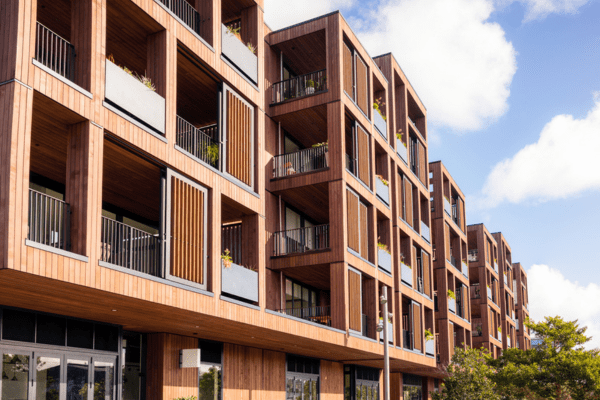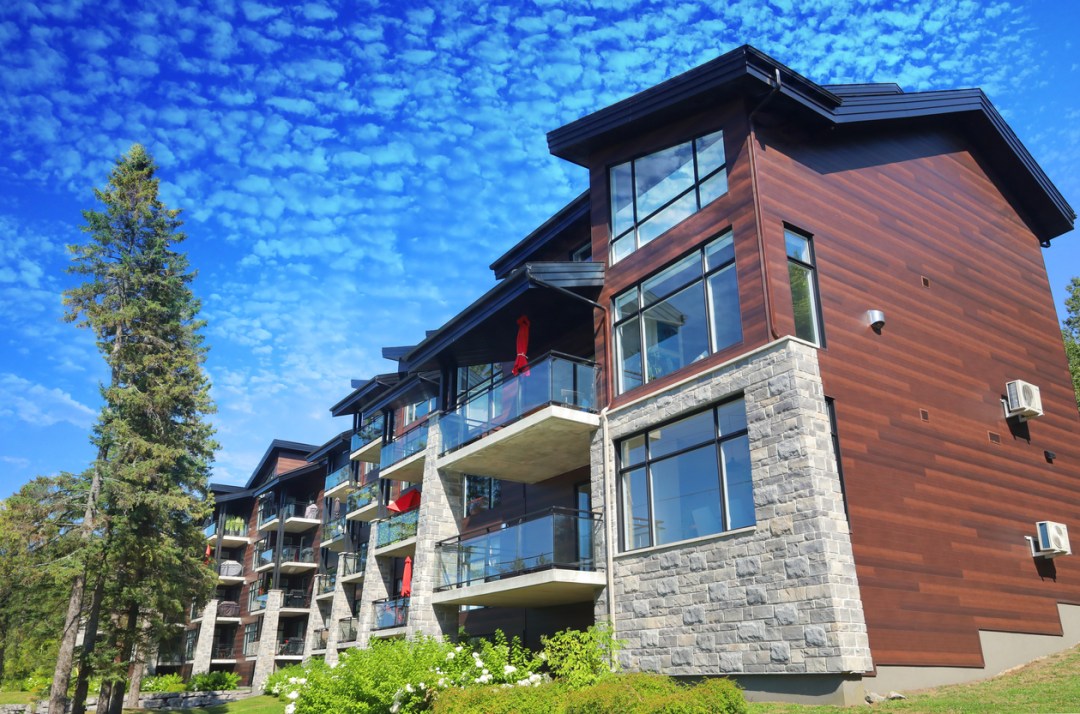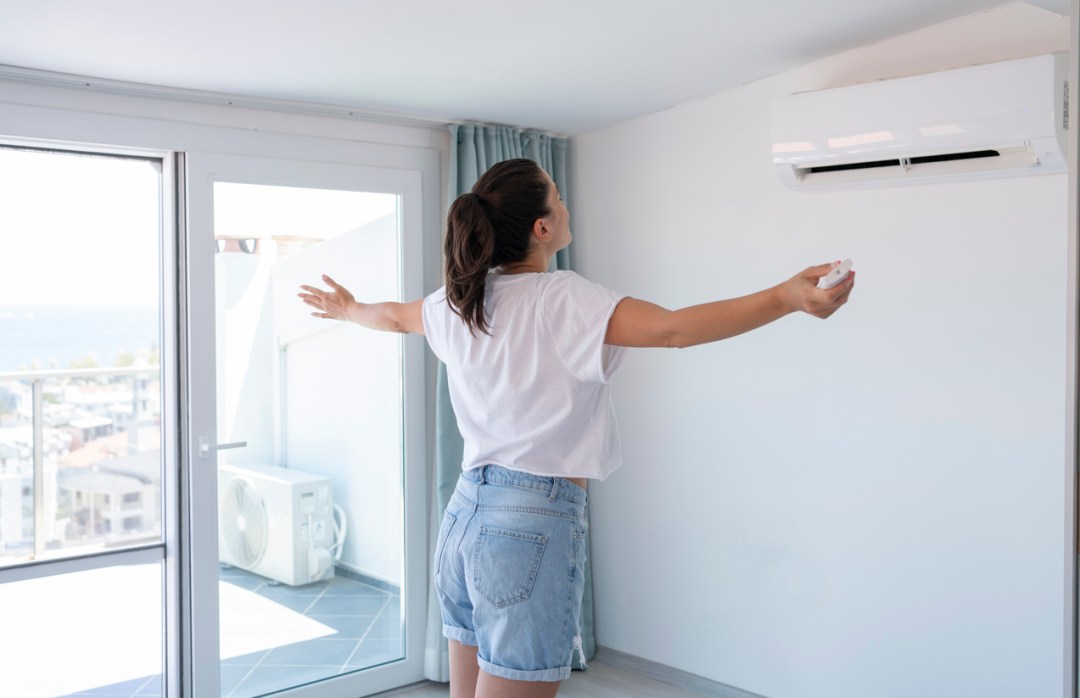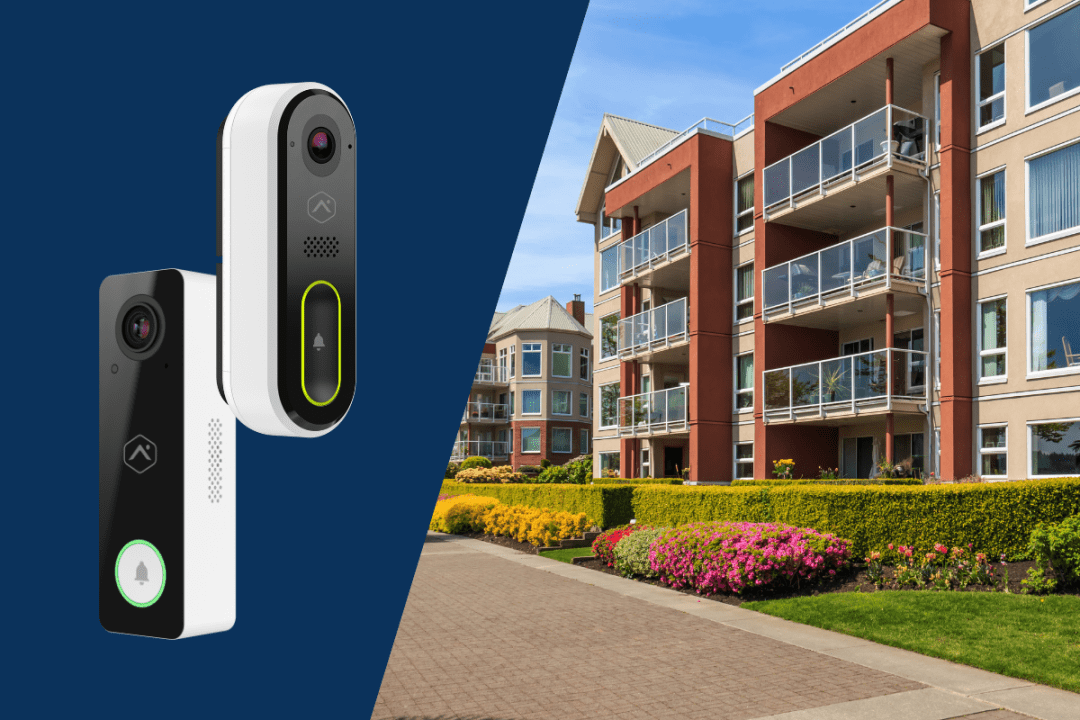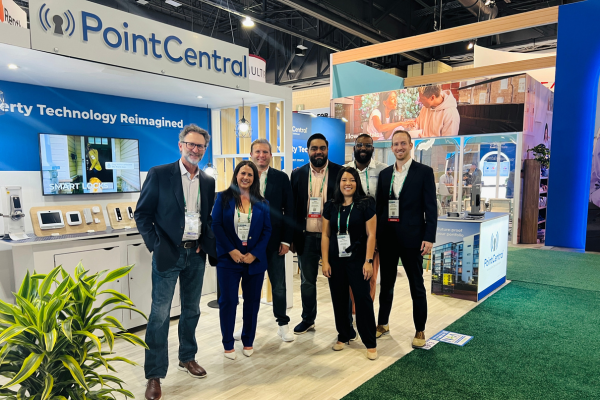AI is growing even faster than predicted with the technology being a topic of discussion at every industry conference, featuring in many of our day-to-day conversations, and touching many aspects of our lives.
The rise of AI in short-term rentals is transforming operations for property managers while enhancing the guest experience, and the vacation rental managers who are using this technology are gaining a competitive edge.
Read on to find out the three key trends you should know now to stay ahead in the future.
1. Predictive Maintenance
Nobody likes emergency repairs — not you, and certainly not your guests who might be inconvenienced by a disrupted stay. Enter predictive maintenance, one of the most practical applications of AI in smart property management.
This smart technology is all about getting ahead of potential maintenance issues before they become problems. When AI is integrated into HVAC units through connected devices and smart property features, it can monitor the health of your property’s systems, like the air conditioning, and alert you to changes in performance that could indicate a bigger issue. This gives you time to schedule required maintenance, minimize property downtime, and limit any impact on guests.
Implementing predictive maintenance means fewer surprises and less stress. It’s about being proactive instead of reactive, which not only saves on costly emergency repair bills but also protects the longevity of your appliances. For guests, it means their stay is uninterrupted and seamless, which they’ll remember when it’s time to book again.
2. Smart Home Technology for Guest Comfort
Smart property management goes beyond maintenance. It’s about transforming a property from a place to stay into a travel experience. With smart home technology, you can automate everything from thermostats and lights to security systems. Guests can walk into a perfectly cooled room, have lights that automatically adjust as the day turns to night, and even voice-controlled gadgets that can answer their questions or play their favorite tunes.
3. Smart Security
The increasing adoption of video doorbells, video perimeter security and smart locks in vacation rentals give guests the peace of mind that they will have the same level of security that they are used to in their own home. Introducing this smart security technology element makes guests feel safer and enhances the overall perception of your property as professional and guest-focused.
For property managers, it has never been easier to monitor their rentals remotely and easily on their phone or computer. The recent integration of machine learning AI means that video devices are trained to detect and notify when it spots an anomaly based on parameters set by the property manager, who is only alerted with footage only recorded, when necessary. This may be when a guest arrives, to ensure their check-in is going as planned with the proper number of guests, or when there is a delivery at the property.
Professionalization is key and the integration of this technology reassures guests as soon as they arrive.
Making the Most of Short-Term Rental Technology
To really benefit from AI and smart technology in short-term rental property management, it’s important to choose the right tools. Invest in technology that integrates smoothly with your current operations and always stay informed about new advancements. However, it’s not enough to just buy new smart technology: ongoing training is just as important, so that your team uses the technology to its full potential.
The world of short-term rental property management is evolving, and by embracing AI tools and smart technology, property managers are able to focus on creating experiences and memories for guests, while having more time to manage their business more effectively.
Want to find out more on integrating AI into your short-term rental? Read Angel Piontek’s article in VRMA Arrival here.


